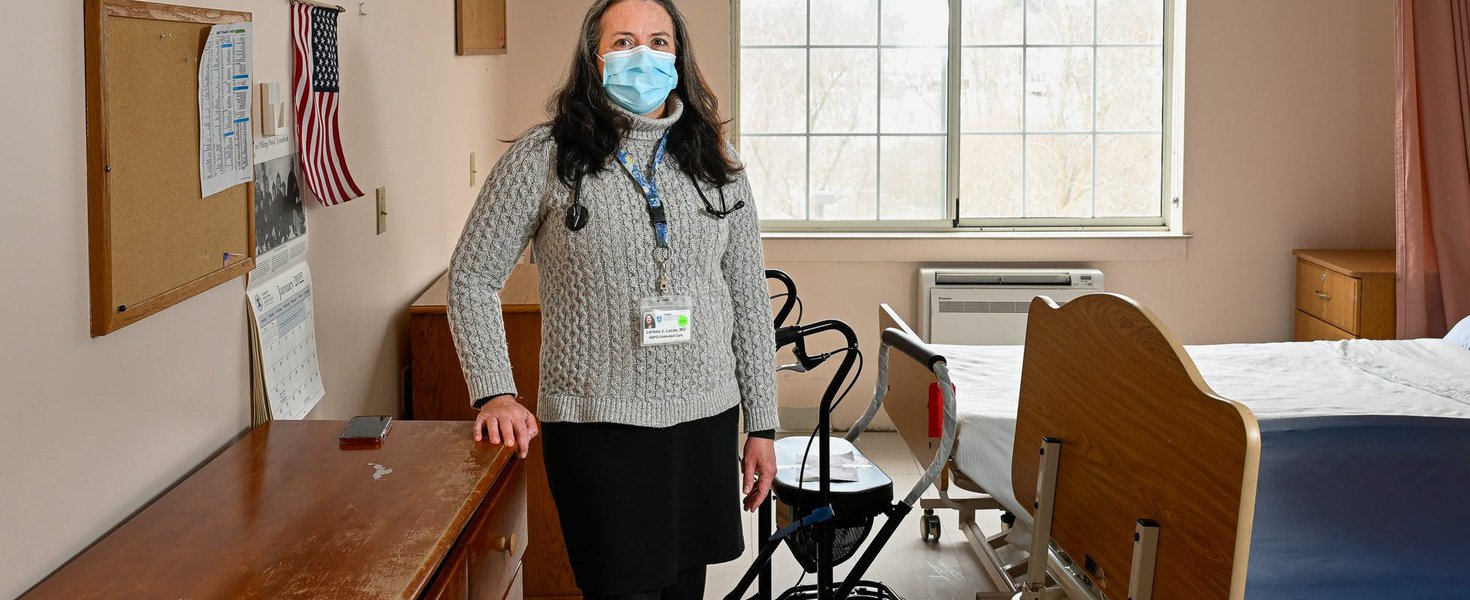In May 2016, the Obama Administration, in conjunction with the Department of Education and the Justice Department, released a “Dear Colleague” letter providing federal guidance on transgender rights within American schools. The directive stated the administration would further interpret Title IX’s sex-based protections to encompass gender identity and required DOE to “treat a student’s gender identity as the student’s sex for purposes of Title IX and its implementing regulations.”
Fourteen states retorted with a suit on the grounds that the administration had unlawfully reinterpreted the 1972 law and violated state sovereignty by forcing them to comply with the guidance or lose federal funding. The backlash has predominantly focused on the provision that transgender students have access to all existing sex-segregated facilities consistent with their gender identity.
Four months later, in August 2016, a federal district court in Texas determined that Title IX’s definition of “sex” unambiguously refers to biological sex. A preliminary injunction was imposed by the court, allowing states to temporarily return to the previous interpretation of the law. When the Trump Administration published their own “Dear Colleague” memo in February, the Obama era policy was formally withdrawn.
While Trump’s letter has assured continued protections for transgender students under the law, US courts stand on drastically different ground on whether Title IX safeguards comprise gender identity.
Currently, states and their districts can set their own policies without threat of government intrusion, and the backtrack of federal protections by the current administration has failed to halt the efforts of individual states and advocacy agencies. LGBT advocacy group GLSEN, for example, used existing school strategies and guidance provided by states and the federal government to produce a document known as the “Model District Policy on Transgender Nonconforming students.” Under this plan transgender students are guaranteed equal access to gender-segregated facilities, explicitly protected under discrimination policies, and fully recognized by the gender pronouns that reflect their identity.
This Model Policy has provided the threshold for how we will analyze and interpret the stance of education departments across the country.
Wyoming
In 2016, Wyoming joined the catalogue of 13 other states that filed a lawsuit against the federal government over Title IX expansions.
Wyoming currently has no law that specifically protects LGBTQ students, and DOE’s anti-Bullying policies do not mention protections against gender identity motivated bullying. Presently 19 states - including Oregon, Nevada, and Rhode Island - all have statutes prohibiting bullying and harassment on the basis of gender identity. Transgender and gender nonconforming students are not technically protected from harassment under most state laws, which is why advocates consider federal Title IX expansions so crucial.
The threat to federal funding was a hair-trigger for many states following the directive. While the DOE rarely withholds funding, the Feds have denied funds to schools in the past. In December 2016, threatened by a six million dollar loss in funding, a school district in Illinois reached an agreement with the DOE allowing students to use facilities in agreement with their gender identity. States were aware the threat was not empty, yet due to the injunction and withdrawal funds have remained unaffected.
Three days following Obama’s “Dear Colleague “letter, Governor Matt Mead issued a statement challenging the federal guidance.

The state took the stance that local districts would continue to generate their own policies. Wyoming Superintendent of Public Instruction Jillian Barlow issued her own public statement, echoing the Governor’s forthright opposition to what she categorized, like many opponents, as “federal overreach,” also noting that the guidance “raises numerous legal, practical and philosophical issues.”
The corresponding news release stated that, “Many Wyoming schools have already adapted to the transgender community by providing accommodations, such as a separate bathroom, for transgender students.” But, according to GLSEN, providing separate facilities for transgender students does not foster a safe or supportive school environment - rather it further alienates an entire group of people: “Requiring a transgender or gender nonconforming student to use a separate space threatens to publicly identify and stigmatize the student as transgender and should not be done unless requested by a student.”
In a memo sent out to educators across the state, Barlow herself points out that voluntary agreements regarding sex-segregated facilities and overnight accommodations are still permissible. GLSEN recognizes that these agreements are valid and should be recognized, so long as it is not the school requiring this of the transgender student. In a February email to a reporter seeking a response to the 2017 “Dear Colleague” letter, Superintendent Barlow’s stance had not wavered.

Vermont
Vermont has proven itself a state in little need for federal direction when it comes to transgender rights.
In 2007, a Vermont education statute prohibiting harassment and discrimination was amended to incorporate gender identity and expression, and, therefore, was undisrupted by the Trump “Dear Colleague” letter. Since the injunction, the Vermont Agency of Education issued its own statement of support to reaffirm transgender protections.
In collaboration with the non-profit gay and trans youth organization Outright Vermont, Education Secretary Rebecca Holcombe drafted a procedural known as “Best Practices” to continue support for transgender inclusiveness within schools. Best Practices has outlined protections and procedures for transgender students since 2015, before the Obama-era guidance.
The ordinance has required Vermont schools to adopt student-driven protections for transgender and gender nonconforming students. Educational institutions within the state must determine how to support these students on a case-by-case basis based on the student’s individual needs, while recognizing that no single plan will apply in all contexts. Key areas that advocates agree on include equal access to facilities, acceptance of a student’s sincerely held gender identity without medical proof, and the implementation of explicit non-disclosure plans that protect student identities.
A February 2017 memo from the Vermont Agency of Education entitled “Continuing Best Practices for Schools” outlines transgender students access to facilities …

as well as the usage of other gender-segregated areas: “As a general rule, in any other circumstances where students are separated by gender in school activities (i.e. overnight field trips), students should be permitted to participate in accordance with their gender identity.”
Vermont students are not required to obtain a court ordered name or gender change nor alter their personal pupil records as a precondition for being referred to by their designated name and pronouns. In contrast, Virginia requires sexual reassignment surgery before altering gender on an individual’s’ birth certificate. Due to varying state policies, requiring medical treatment and government-issued documents to recognize a student’s asserted gender identity is a discriminatory practice according to the Model Policy.
In regards to student medical records, nurses are held to strict confidentiality yet must maintain “accurate and reliable” health information. Aligned with GLSEN, Vermont students are not required to provide a medical or mental health diagnosis or treatment threshold in order for the school to recognize their transition.

Privacy plans include nondisclosure agreements made between the student, the student’s family, and the school administration. The confidential and sensitive nature of students who transition during their time at school is discussed, including how to properly communicate the transition to appropriate school staff.
A May 2016 memo from Rebecca Holcombe entitled “Opinion: Adults take cue from students” reaffirmed the US Court of Appeals conclusion that transgender students should be allowed access to facilities that align with their gender identity. The deciding case involving Gavin Grimm, a transgender teen from Virginia who sued his school district for discrimination, has since been denied a hearing by the Supreme Court and will return to the Fourth Circuit for appeal by the Gloucester County School Board. In light of the recent backtrack, her memo is hopeful but wary, reflecting on the challenges that have only just begun.

“A hostile school climate can negatively impact a student’s life trajectory from education and employment to long-term achievement and well-being,” states GLSEN. Secretary Holcombe’s ability to see public schools as a microcosm for society acknowledges the power school environments have on either legitimizing or stigmatizing identities.
The “battle over bathrooms” is more than one about equal access to facilities - it highlights a divide on the basic recognition of transgender persons right to exist in schools and, by extension, society.
Image by Jere Keys via Wikimedia Commons and is licensed under CC BY 2.0




